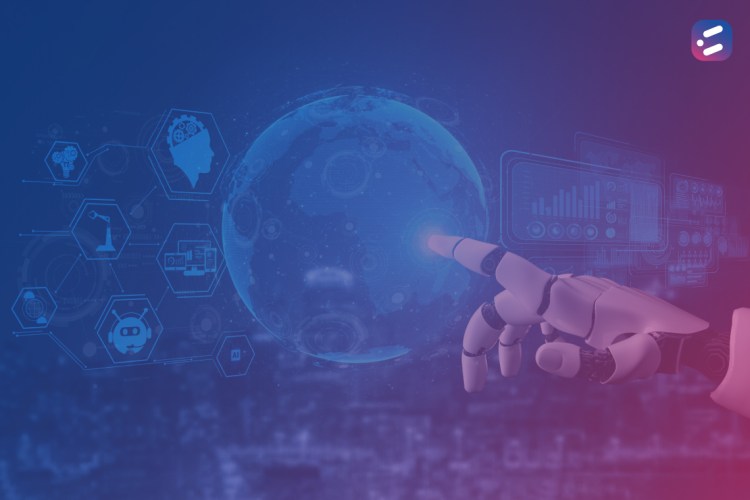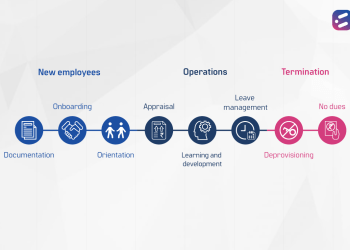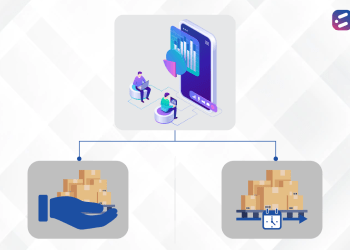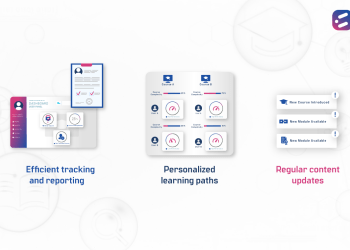According to Gartner, hyperautomation is an unavoidable market state and a top strategic technology trend. But what is hyperautomation? Gartner’s information technology glossary defines it as a “business-driven, disciplined approach that organizations use to rapidly identify, vet and automate as many business and IT processes as possible.”
Hyperautomation deals with the application of advanced technologies, including AI and ML, to automate processes. It combines multiple machine learning, packaged software and automation tools to deliver work. It’s not intended to replace human work, but augment human activity in the workplace.
Hyperautomation involves the orchestrated use of multiple technologies, tools or platforms, including:
- Artificial intelligence (AI)
- Machine learning
- Event-driven software architecture
- Robotic process automation (RPA)
- Business process management (BPM) and intelligent business process management suites (iBPMS)
- Integration platform as a service (iPaaS)
- Low-code/no-code tools
- Packaged software
- Other types of decision, process and task automation tools
What’s the difference between automation and hyperautomation?
The objective of automation is to make processes faster and more efficient, thus increasing business productivity and profitability. It involves either test automation or robotic process automation (RPA). On the other hand, hyperautomation expands upon automation by adding a layer of advanced tech on top of automation. Hyperautomation makes automation more intelligent.
Automation is performed by automation tools, conducted from a single platform using RPA and task-oriented automation. Hyperautomation is built on an ecosystem of platforms, systems and technologies, requiring sophisticated AI-based process automation and performed by machine learning and multiple packaged software and automation tools.
Automation makes operations more efficient – hyperautomation automates everything that can be automated, resulting in smarter, more efficient operations. If a robot is designed to move its arms automatically to perform a task, this is an example of automation. If the same robot is designed to learn on the job and improve the process itself, on an ongoing basis, this is an example of hyperautomation.
How can hyperautomation be used in the real world?
Once you understand the benefits of hyperautomation, it’s easy to see the benefits and applications. If you’re beating eggs for a cake by hand, you may think that your regular whisk is perfectly fine. However, once you start using an electric whisk, you realize that the automation makes life significantly easier! Now imagine the same electric whisk has an intelligent timer, and will stop automatically when the eggs are done. That would be an example of hyperautomation.
Hyperautomation is relevant across almost all industries and sectors. Using AI-enabled optical character recognition (OCR), the system can understand documents and process unstructured data efficiently. Hyperautomation can also be used to understand and process emails using Natural Language Processing (NLP).
In the FMCG industry, hyperautomation can be used to automate restocking. By processing seasonal and cyclical data, the system can forecast stocking requirements and even automatically place orders for restocking.
Hyperautomation is intended to augment human capabilities, not replace them. It is an inevitable change that is transforming the industry, and a huge potential opportunity. While in many cases hyperautomation may seem like a luxury, it becomes more of a necessity as it is adopted by more competitors in your industry. Hyperautomation significantly improves efficiency and productivity, meaning that it can be a fantastic competitive advantage for early adopters. Are you thinking about hyperautomation in your workplace? If you are, you know who to call!













